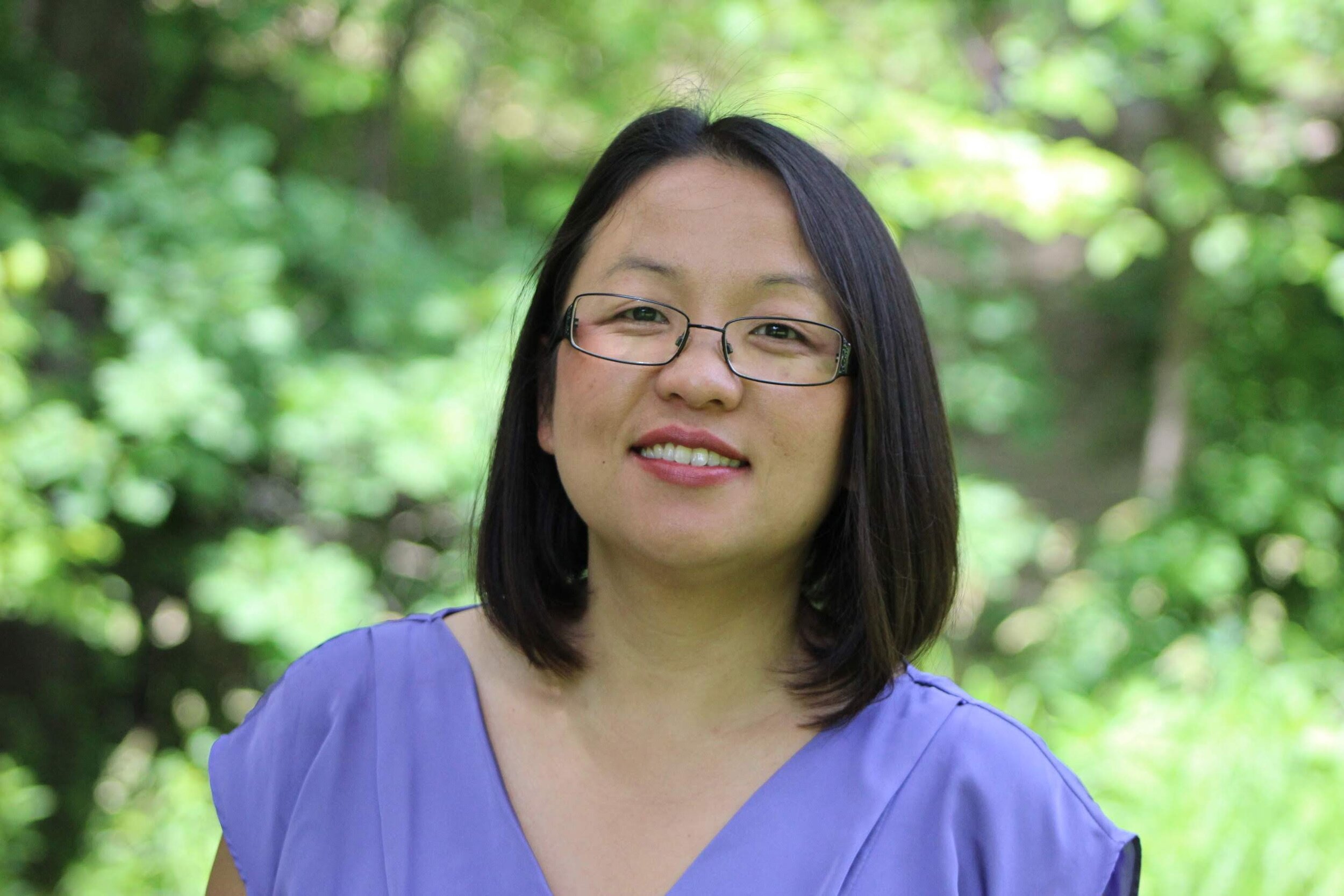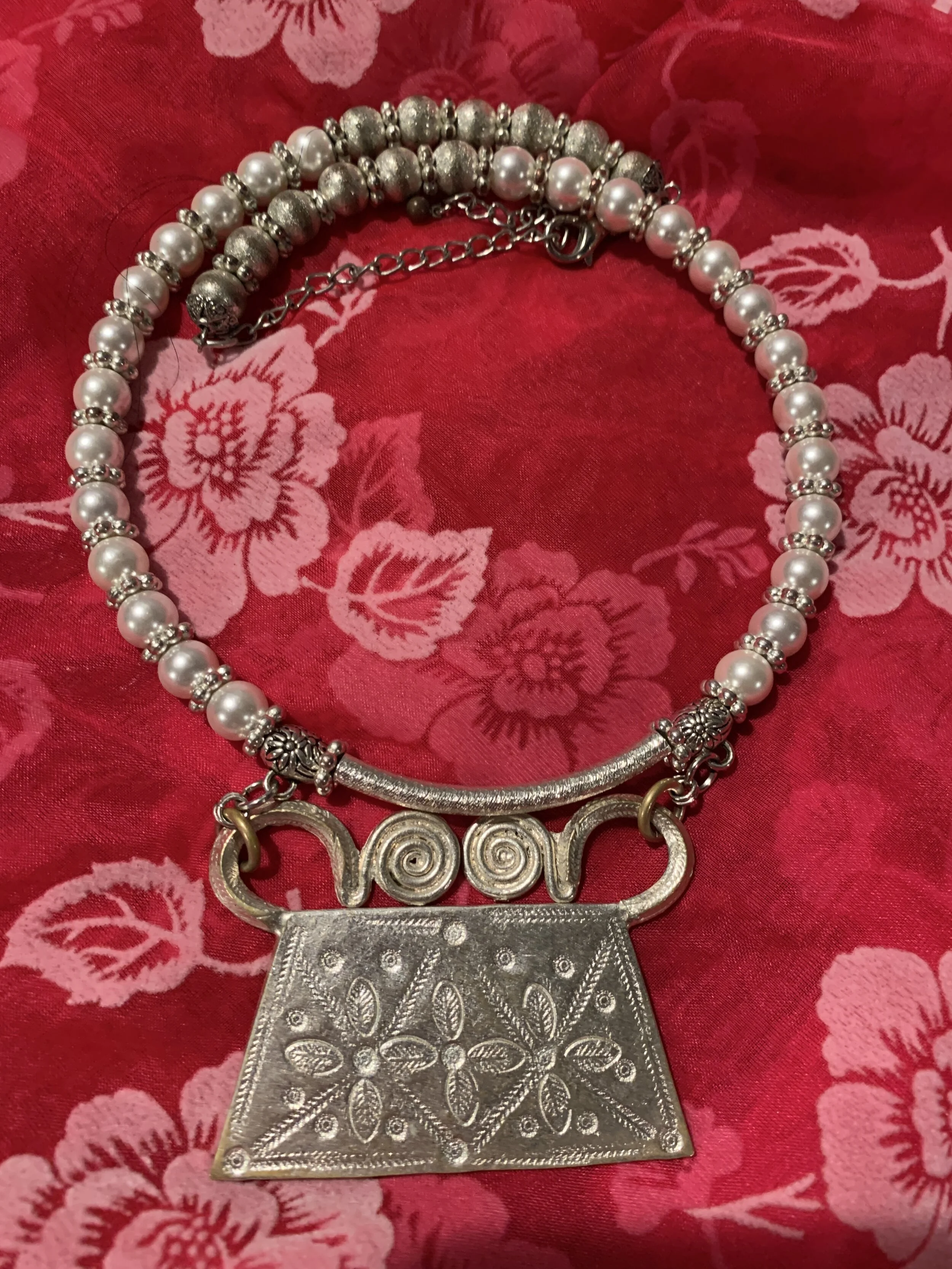Our Hmong Language
Standard Journey
—
In the fall of 2019, seventeen Hmong parents, community members, cultural practitioners, artists, community activists, educators, and speakers of the Hmong language across the United States collaborated virtually to create our community driven Hmong Language Standards. We want to support the preservation and revitalization of the Hmong language. We recognize there are several existing Hmong scripts and each has its own value. However, for the purpose of our work, we are using the Romanized Popular Alphabet (RPA) because it is a widely shared and commonly used writing system for many Hmong communities across the United States and throughout the world.
Our teams have worked alongside Dr. Jenna Cushing-Leubner, who has been instrumental in helping lead facilitators understand the different frameworks that exists in other native heritage languages and to think outside the box to innovate Hmong language standards that will help guide us to be better practitioners in the classroom, in our homes, and in our communities.
PLEASE NOTE: Because the community driven Hmong Language standards are in phase two, this means the standards you will have access to in the next section are all in draft format. We ask that if you give us feedback to ensure the next phases of the Hmong Language Standards will be more complete. Here is the Google Form for feedback:








